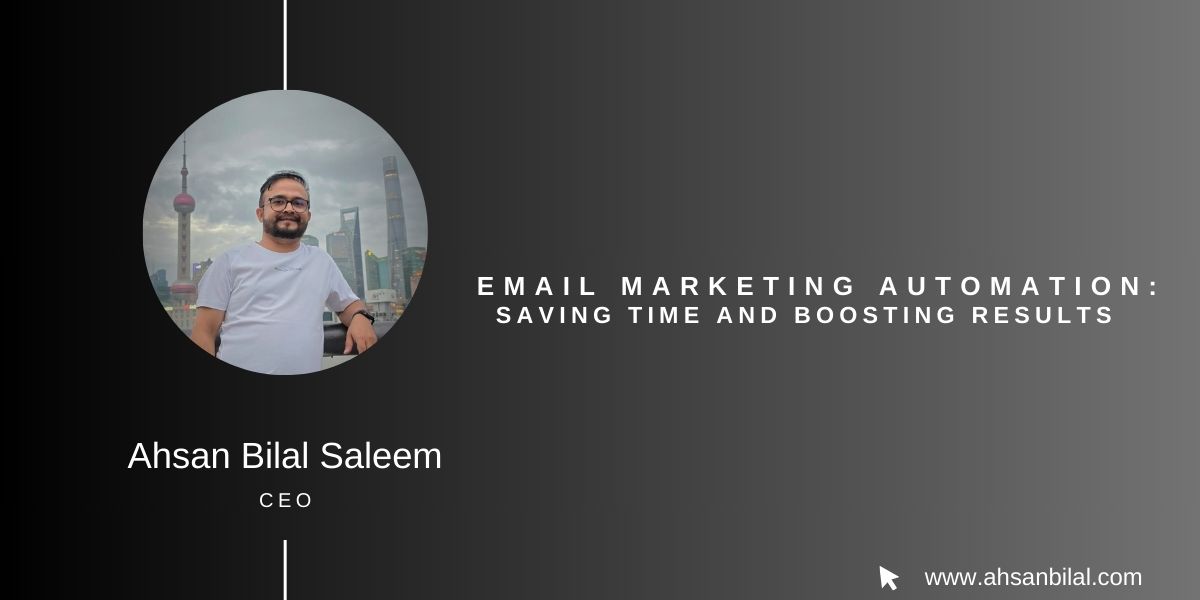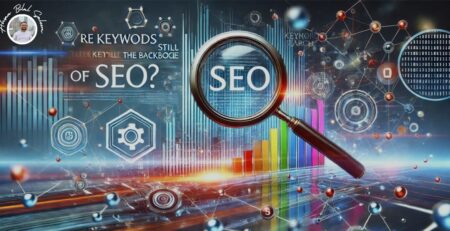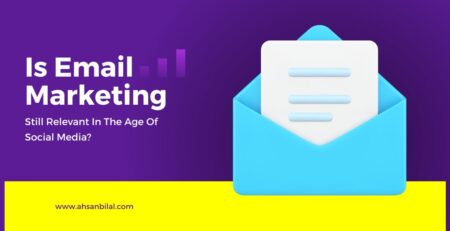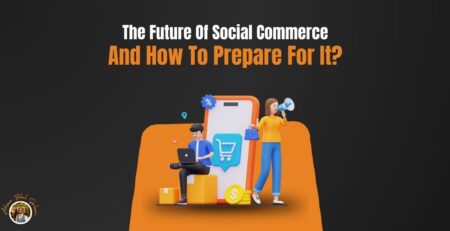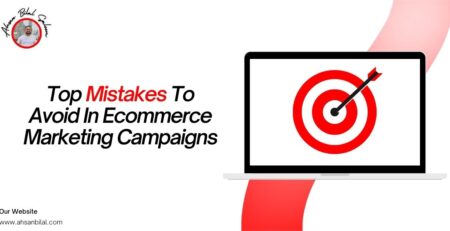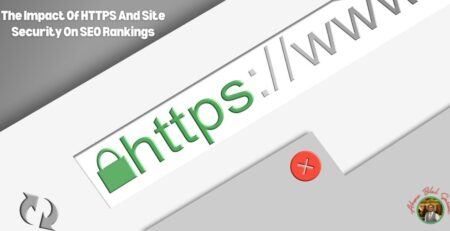Email Marketing Automation: Saving Time And Boosting Results
In today’s fast-paced digital landscape, businesses face growing demands to reach audiences quickly and effectively. Traditional email marketing methods, though valuable, can be time-consuming and inefficient without the right tools. Enter email marketing automation: a streamlined, data-driven approach that not only saves time but also enhances engagement, improves results, and allows companies to focus on what matters most – building lasting relationships with their customers. Here’s how email marketing automation can transform your marketing efforts.
What is Email Marketing Automation?
Email marketing automation uses software to send personalized, timely emails to subscribers based on predefined triggers and workflows. Rather than manually crafting individual messages, automation enables you to set up sequences triggered by specific user behaviors, such as signing up for a newsletter, abandoning a shopping cart, or making a purchase. This tool allows marketers to deliver relevant content precisely when subscribers are most likely to engage with it, enhancing customer experience while reducing manual work.
How Email Automation Saves Time
One of the primary advantages of email marketing automation is the time saved on repetitive tasks. By automating email sequences, marketers can create personalized experiences without having to repeatedly start from scratch. Here’s how automation streamlines your marketing processes:
- Pre-built Templates and Workflows: Most automation platforms offer templates and workflows that can be customized to fit your brand and goals. Instead of crafting each email individually, you can select a template, make a few adjustments, and schedule the message for specific triggers.
- Reduced Manual Segmentation: Automation allows for dynamic segmentation, meaning your audience is automatically segmented based on their behavior, demographics, or interaction history. This automated segmentation makes it easier to deliver tailored content to specific groups without manually filtering through your list.
- Scheduled Campaigns and Drip Sequences: With automated scheduling, emails are sent out according to a predetermined schedule or customer behavior. Whether it’s a welcome email series or a post-purchase follow-up, automation ensures that messages are sent at the right time without constant intervention.
- Enhanced Personalization: By incorporating data such as past purchases, browsing behavior, or engagement history, automated emails can be personalized at scale, saving hours that would otherwise be spent manually gathering and inputting information.
Boosting Results with Targeted Email Automation
Automation does more than save time—it boosts campaign effectiveness by enabling smarter, data-driven interactions. Here’s how email marketing automation can improve results:
- Higher Engagement Rates: With personalized content sent at optimal times, emails are more likely to catch the recipient’s attention, leading to higher open and click-through rates. For example, a welcome series for new subscribers helps introduce your brand, builds rapport, and engages them from the start.
- Increased Conversions Through Retargeting: Abandoned cart emails are a powerful way to recover potentially lost sales. With automation, you can automatically remind customers about their carts, possibly adding a discount or incentive, which encourages them to complete their purchase.
- Seamless Customer Journeys: Automation enables you to create comprehensive workflows that guide users through every stage of the buyer’s journey, from initial engagement to post-purchase follow-ups. By anticipating their needs, you can nurture relationships and keep your brand top of mind.
- Data-Driven Insights: Automated emails provide valuable data that can help refine your approach. By analyzing open rates, click-through rates, and conversion rates, marketers can gain insights into what resonates most with their audience, continuously optimizing for better results.
Essential Types of Automated Email Campaigns
Automation opens the door to a variety of high-performing email campaigns tailored to different audience segments and objectives. Probably the best mechanized messages include:
- Welcome Series: A sequence triggered when someone subscribes to your newsletter or creates an account. It’s the perfect opportunity to introduce your brand, showcase your values, and set expectations for future emails.
- Abandoned Cart Reminders: For e-commerce businesses, abandoned cart emails can significantly boost revenue by reminding customers of items left in their carts and offering incentives to complete the purchase.
- Post-Purchase Follow-ups: Sending an email after a purchase encourages repeat business and helps maintain a connection with customers. Follow-up emails can include product recommendations, asking for feedback, or offering a discount on their next purchase.
- Re-engagement Campaigns: For subscribers who haven’t engaged with your emails in a while, re-engagement campaigns can help rekindle interest. Offering a special promotion or a quick survey to gauge their preferences can encourage them to re-engage.
- Milestone and Anniversary Emails: These messages celebrate special moments, such as birthdays, anniversaries, or a specific number of purchases, fostering a sense of appreciation and loyalty.
Best Practices for Effective Email Marketing Automation
To augment the adequacy of your email showcasing mechanization, think about the accompanying accepted procedures:
- Personalize Beyond the Name: Automation allows for personalization at scale. Go beyond using the subscriber’s name; incorporate information like past purchases, preferences, or location to make the content more relevant.
- Optimize for Mobile: Over 50% of emails are opened on mobile devices, so ensure your automated emails are mobile-friendly with responsive design, clear CTAs, and concise copy.
- A/B Test and Iterate: Even with automation, continuous optimization is key. A/B test subject lines, CTA placements, and message timing to refine your campaigns and improve engagement rates.
- Mind Your Frequency: While it’s tempting to take full advantage of automation’s power, be mindful not to overwhelm subscribers with too many emails. Balance frequency and content relevance to keep subscribers engaged without causing fatigue.
- Track and Analyze Performance: Use metrics like open rate, click-through rate, and conversion rate to gauge the effectiveness of your campaigns. Use this data to make informed adjustments to your strategy over time.
The Future of Email Marketing Automation
The evolution of AI and machine learning is paving the way for even more sophisticated automation possibilities. In the near future, marketers can expect enhanced predictive analytics, which will allow for hyper-personalized, real-time content delivery. Automation platforms are also increasingly integrating with social media and CRM systems, offering a unified approach to digital marketing. As automation continues to advance, marketers will have even greater opportunities to save time, increase engagement, and optimize customer relationships.
Final Thoughts
Email marketing automation has revolutionized the way businesses communicate with their audiences. By automating repetitive tasks, personalizing interactions, and delivering targeted messages, automation allows marketers to work smarter, not harder. This strategy not only saves time but also drives stronger results, from higher engagement rates to increased conversions. Embracing email marketing automation is essential for any business looking to stay competitive and build meaningful connections with customers in today’s digital landscape.
